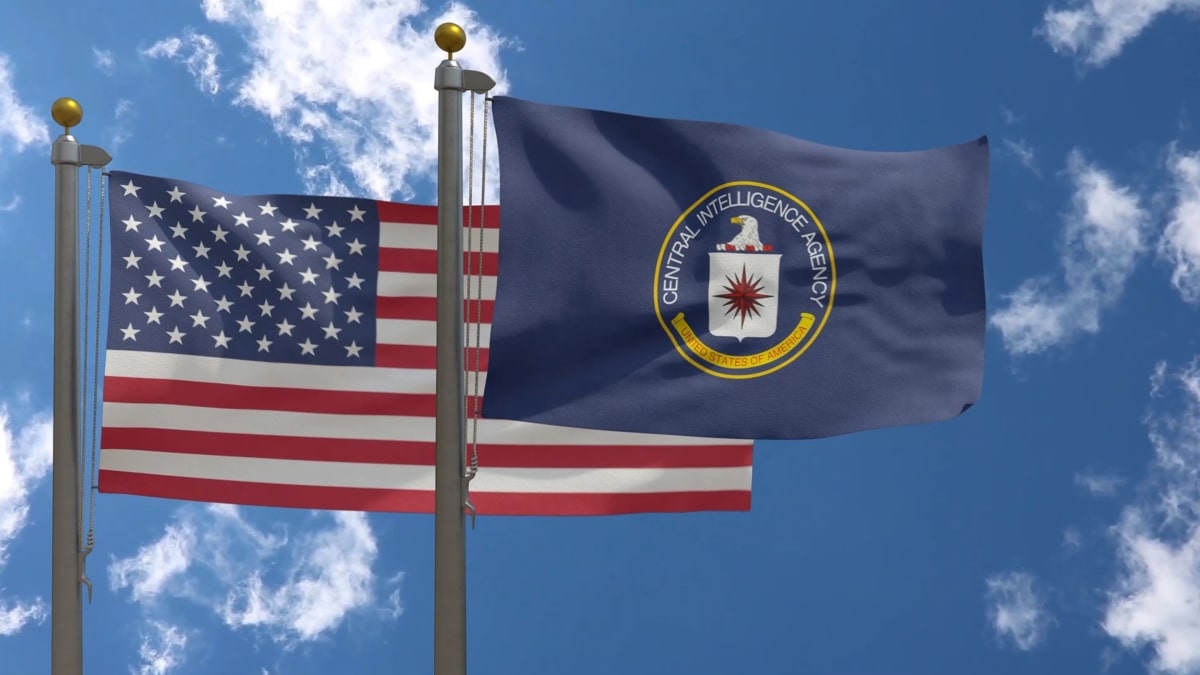CIA Director William Burns made a secret visit to China in May to meet with Chinese intelligence officials, aiming to strengthen communication amid escalating tensions between the two nations. The visit, which was conducted outside the typical political or foreign policy channels, was part of the Biden administration’s broader efforts to restore diplomatic dialogue and prevent miscommunications that could lead to conflict.
Key Points:
- Burns’s visit came at a time when tensions between the U.S. and China are high due to issues related to Taiwan, China’s human rights record, its military activities in the South China Sea, and close relations with Russia. The U.S. has accused China of considering supplying military aid to Russia in its invasion of Ukraine, a claim China denies.
- The CIA director’s trip was not publicly announced, and Burns did not meet with Beijing’s political or foreign policy leadership, emphasizing instead the importance of maintaining open intelligence communication lines.
- U.S. Secretary of State Antony Blinken had postponed a planned trip to China in February following a diplomatic fallout over the downing of an alleged Chinese spy balloon that flew over U.S. airspace and sensitive military sites.
- U.S. Defense Secretary Lloyd Austin emphasized the importance of dialogue between the U.S. and China during the Shangri-La security summit in Singapore, suggesting that open communication could help avoid misunderstandings leading to conflict.
- Meanwhile, White House National Security Adviser Jake Sullivan stated that the U.S. is willing to engage with China “without preconditions” on nuclear arms control issues, despite Beijing’s ongoing reluctance.






